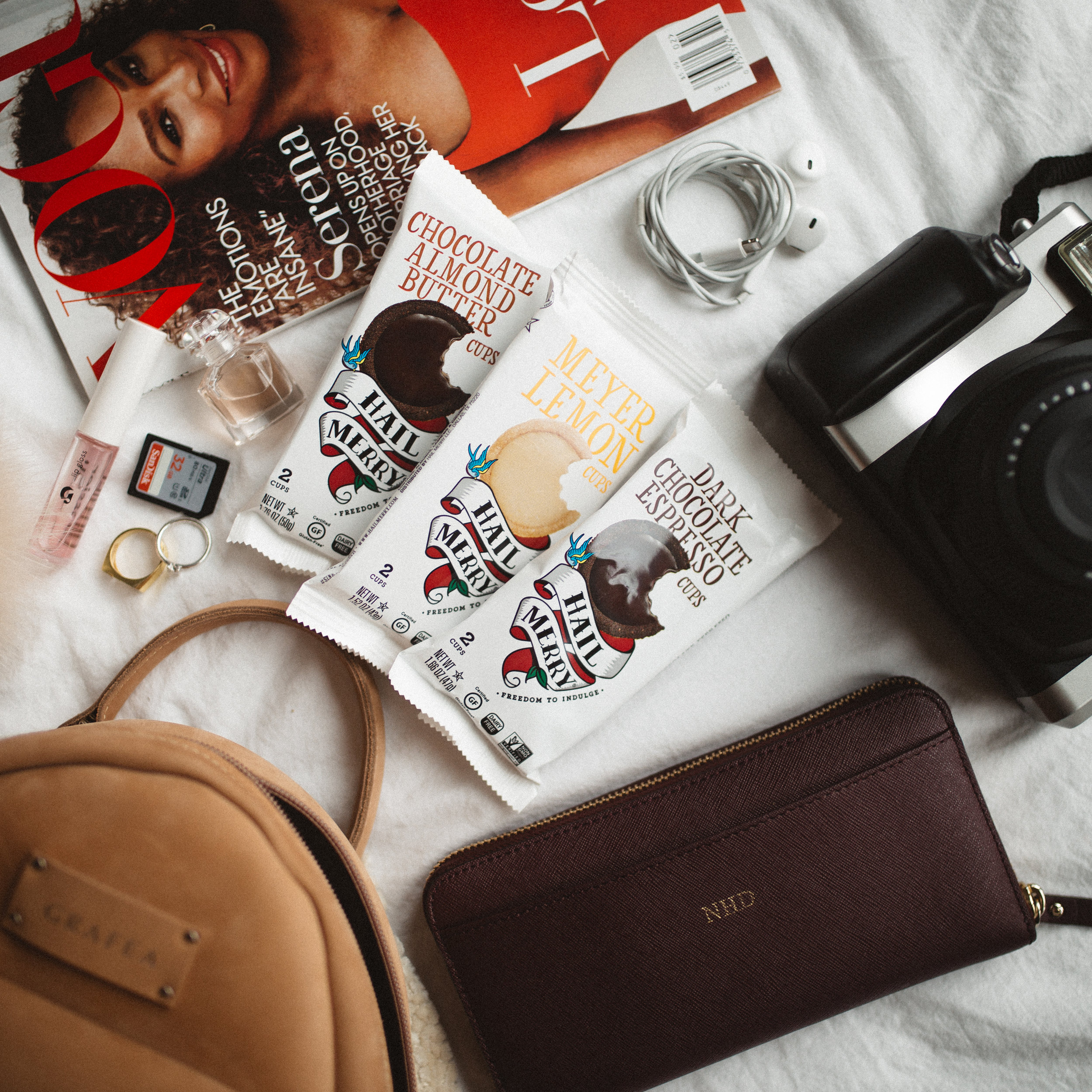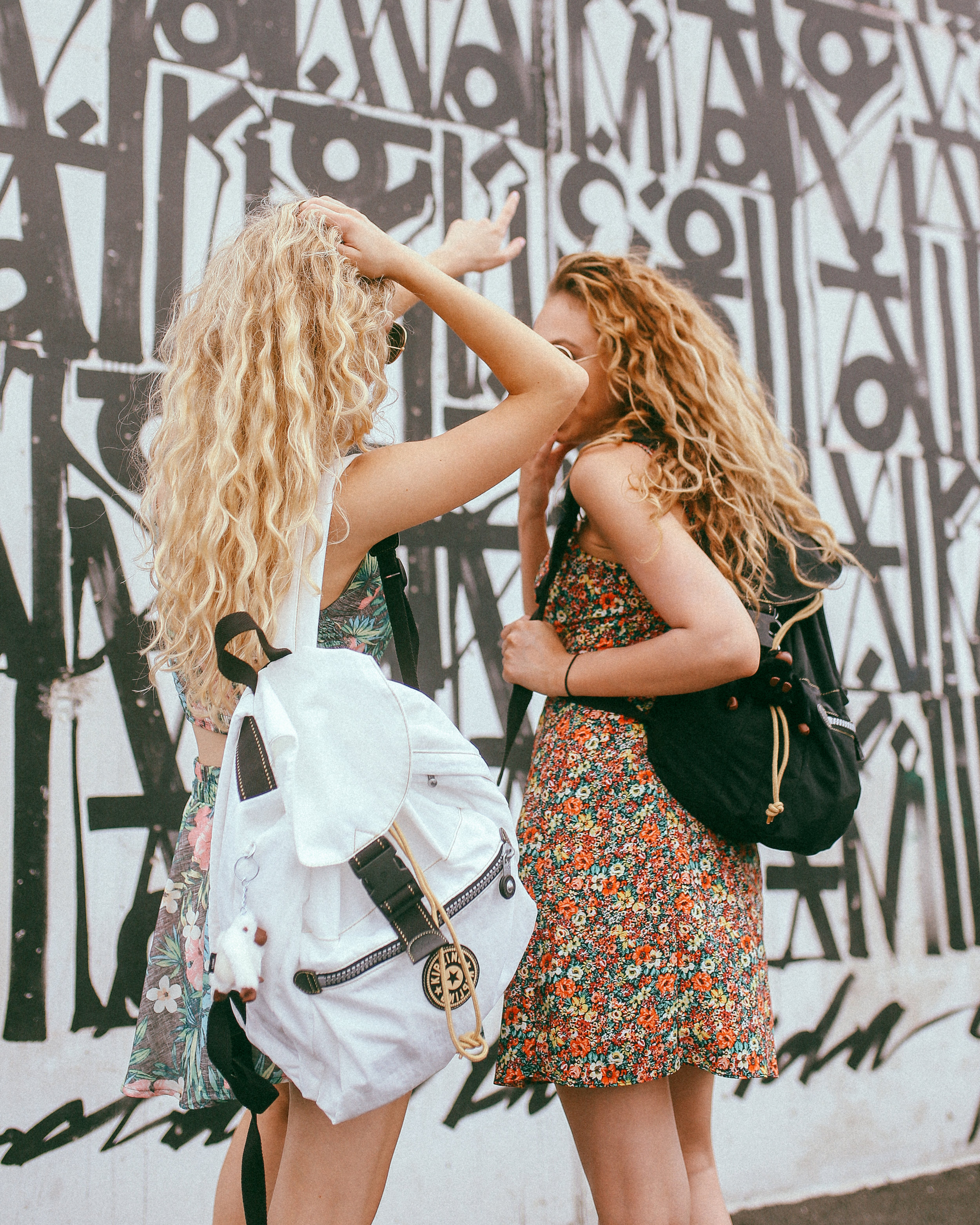I’m currently at home in Portland for a couple days after a 3 week travel stint and getting ready to leave again on Friday for another one in SE Asia. Life is so so busy lately, and I can’t complain that I’m #BookedtAndBusy but it’s honestly a LOT. The intersection of being a full time freelance photographer and being a full time human being is something I’ve been thinking about quite a bit lately. I used to not notice the toll my job took on me, because I do ultimately see myself as living a dream life; I work for myself, I get paid to travel and take photos, I work with the most amazing brands and artists! It honestly is the best, and I wouldn’t trade what I do for anything. But recently, I’ve been paying closer attention to how I feel after overworking myself (as I have these past few months): exhausted, uninspired, drained, somewhat depressed, and most of all, lacking a lot of meaningful connections.
Don’t get me wrong, I have friends, I love being booked, my life is great, etc. But for example, I have a super hard time dating or meeting guys since I’m never in a city for more than week. And I love my friends, but they live all over the place and I only ever see them in short bits here and there (I have constant FOMO). Also, I’m paying rent for a beautiful apartment that’s basically a glorified storage unit since I’m rarely home. Learning to balance these things and take care of myself has been hard, since not many people I know live the same lifestyle I do, and can’t relate. I wanted to make a blog post about this though, for freelancers like myself; photographers, youtubers, bloggers, touring crew members, digital nomads, and anyone else who might be feeling a little lost about how to deal with burnout and balancing your work and social life. Here are some things that have helped me so much!
Exercise + Sleep + Water
These things seem basic, as they should, but they literally can improve your entire day. When I’m regularly working out (whether it’s at my spin class/gym at home, or a hotel gym on the road) my body feels better and I can literally notice the endorphin rush affecting my mood. Yoga, spin class or a good weightlifting session are my faves. I try to get a workout in every morning when possible, even if it’s quick, to prevent bloating and energize me for the day. And drink so much water!!! Water is life. Clears your skin, flushes toxins, and being well-hydrated combats any coffee/alcohol consumption from ravaging your body too badly.
Admittedly, I don’t sleep as much as I should when I’m on work trips (sometimes ya girl really do be running on like 4 hrs of sleep for a 14 hr day), but catching up on my zzz’s at home is a sweet recovery and always has me feeling refreshed for whatever the next trip is. When I’m home, I try to get 8-9 hrs.Put Down Your Phone
It’s literally SO hard for me to get off my phone. Instagram is like 50% of my job, and Twitter is the only thing that makes me laugh, but taking a break for a few hours, or just cutting down on screen time in general has really improved my mental health so much. I find that when I’m on social media too much, my FOMO really hits because I miss my friends, or I start comparing myself or my life to some random insta-baddie which is just ridiculous. Staring at my own Instagram posts for too long also makes me become critical and hate everything about my work, which is just not a good mindset to have and contributes quickly to periods of burnout. If I want to stare at something, I’ll put on a TV show or read a book for a few hours to chill out and clear my head.Managing Deadlines and Work
I normally set “working hours” for myself when I’m home, so I get things done efficiently, but I don’t fall into the freelancer “i’m available 24/7” trap. To-do lists are also amazing and really help keep me on track - I write all of mine out with a pen and paper, because I feel like it makes me remember everything more and plan more efficiently. On a typical in-home work day I write invoices, shoot brand campaigns, and answer emails from 10 to noon, take a break to work out and eat, and go back to editing photos, answering more emails, and doing whatever else needs to be done for my day from about 2 to 6pm. This schedule varies based on if I have booked portrait sessions, errands to run or anything else to do, but it’s pretty standard. After 6 it’s dinner, going on social media, going to events, hanging with friends, or watching Netflix. Remember not to over-commit yourself: saying no is okay!
Setting time limits is SO important for freelancing. I only recently started doing this because I was overbooking myself to the point that I would have so much to do and not enough time, or I found myself doing all my emails at like 4pm on a Friday. Now my workflow is way more manageable and efficient, and I don’t feel like a crazy person.Spend Time with Friends
I always, always, always, make time for my friends. I honestly do get pretty lonely when I’m home by myself or on work trips by myself, so my friends keep me sane! I have 3 distinct friend groups in the places I live and spend the most time, all of which have such a special place in my heart. My Portland friend group is small, but I have probably the best connection with them since I see them IRL the most - we go out to eat a lot, go to events and grab drinks together, and my best friend Candace helps me shoot a lot of my IG photos. My LA friends really “get” my lifestyle and what I do, and they’re always supporting me and letting me crash at their houses when I’m in town, which I appreciate beyond words. We definitely party hard (and we brunch harder), and a lot of my LA friends are models and influencers that I shoot with as well, so us spending time together is super productive. My NYC friends are my closest soulmates but I definitely see them less - maybe 4-5 times a year. However, we have a wildly active group chat that’s thriving 24/7, which keeps us all updated on each other’s lives.
These moments I have with friends are often kind of fleeting, but it’s so nice to know that wherever I am there are always supportive people in my life that I can text, call and come home and hang out with. The FOMO is definitely real but I have to remind myself that I’m doing what I love and sometimes that means missing some moments - but there will always be more! My friends and I will often schedule vacations together or set aside certain times to hang out, which keeps a great structure so I know it won’t be too long until I see them. I’m also always meeting new people through work and I try really hard to make those connections solid. Drake said no new friends but I’m ignoring that one.Treat Yo Self
Last point, and the most important: take care of yourself! Self-care is one of the most grounding things I apply to my everyday. Beyond drinking water and sleeping, think face masks and body scrubs, silk pillowcases, a glass of wine or pint of ice cream, educational podcasts, sitting down to read Cosmo, getting your nails done, a healthy meal, going for a walk and getting some sun. Sometimes I get so lost in my whirlwind of shooting, hours of editing, and feeling like shit after long plane rides that I get out of this routine and just become a messy blob. I’m wired to work and hustle all the time and I also find it REALLY difficult to spend money on myself, but I always have to remember that A) a lot of these things don’t cost much and B) I deserve it! I work hard and taking the time for a treat here and there is absolutely merited.
Anyway, I hope this was helpful to anyone living some weird out of the box life like myself. Even if you work a 9-5, I feel like these general tips can be applied to anyone’s life! Moral of the story is pay attention to your feelings, and take care of your body + mind cause it’s the only one you have.










